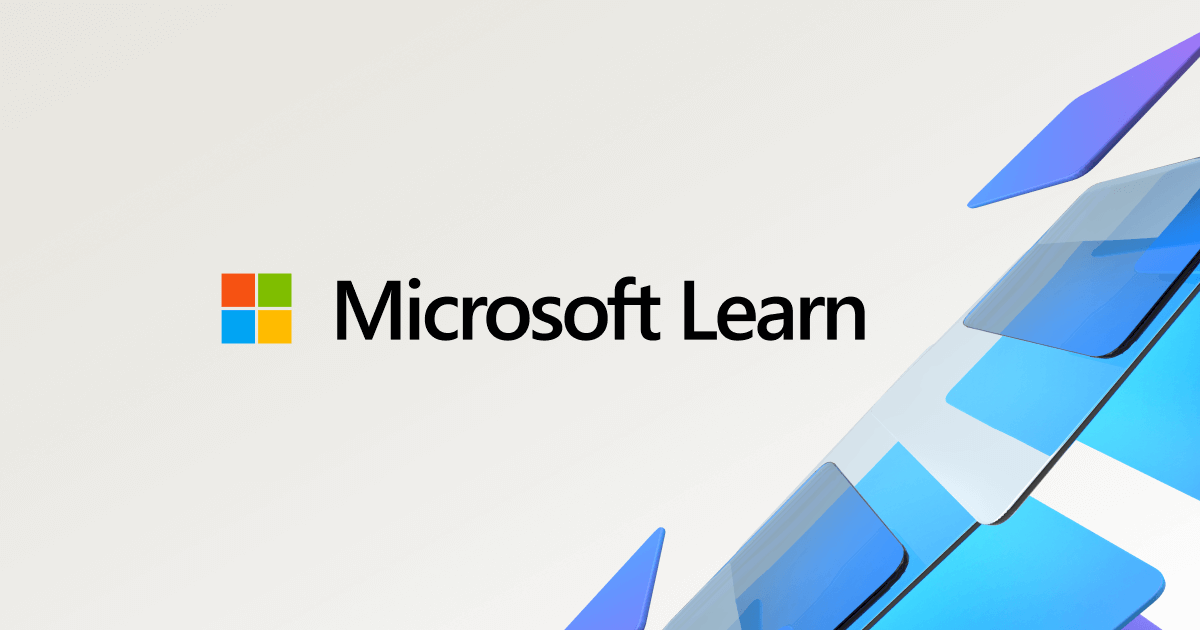
docs.microsoft.com/en-us/powershell/module/az.compute/add-azvhd
Preview meta tags from the docs.microsoft.com website.
Linked Hostnames
7- 14 links todocs.microsoft.com
- 6 links tolearn.microsoft.com
- 3 links togo.microsoft.com
- 1 link toaka.ms
- 1 link togithub.com
- 1 link totechcommunity.microsoft.com
- 1 link towww.microsoft.com
Thumbnail

Search Engine Appearance
Add-AzVhd (Az.Compute)
The Add-AzVhd cmdlet uploads an on-premise virtual hard disk to a managed disk or a blob storage account. The virtual hard disk being uploaded needs to be a .vhd file and in size N * Mib + 512 bytes. Using Hyper-V functionality, Add-AzVhd will convert any .vhdx file to a .vhd file and resize before uploading. To allow this functionality, you will need to enable Hyper-V. If you are using a Linux machine or choose to not use this functionality, you will need to resize the VHD file manually. Additionally, Add-AzVhd will convert dynamically sized VHD files to fixed size during upload. Use -Verbose to follow all the process. For Default Parameter set (upload to blob), also supported is the ability to upload a patched version of an on-premises .vhd file. When a base virtual hard disk has already been uploaded, you can upload differencing disks that use the base image as the parent. Shared access signature (SAS) URI is supported also. For Direct Upload to Managed Disk Parameter set, parameters: ResourceGroupName, DiskName, Location, DiskSku, and Zone will be used to create a new disk, then the virtual hard disk will be uploaded to it. More information on using Add-AzVhd to directly upload to a managed disk. For VHD files greater than 50 GB, we recommend using AzCopy for faster upload.
Bing
Add-AzVhd (Az.Compute)
The Add-AzVhd cmdlet uploads an on-premise virtual hard disk to a managed disk or a blob storage account. The virtual hard disk being uploaded needs to be a .vhd file and in size N * Mib + 512 bytes. Using Hyper-V functionality, Add-AzVhd will convert any .vhdx file to a .vhd file and resize before uploading. To allow this functionality, you will need to enable Hyper-V. If you are using a Linux machine or choose to not use this functionality, you will need to resize the VHD file manually. Additionally, Add-AzVhd will convert dynamically sized VHD files to fixed size during upload. Use -Verbose to follow all the process. For Default Parameter set (upload to blob), also supported is the ability to upload a patched version of an on-premises .vhd file. When a base virtual hard disk has already been uploaded, you can upload differencing disks that use the base image as the parent. Shared access signature (SAS) URI is supported also. For Direct Upload to Managed Disk Parameter set, parameters: ResourceGroupName, DiskName, Location, DiskSku, and Zone will be used to create a new disk, then the virtual hard disk will be uploaded to it. More information on using Add-AzVhd to directly upload to a managed disk. For VHD files greater than 50 GB, we recommend using AzCopy for faster upload.
DuckDuckGo
Add-AzVhd (Az.Compute)
The Add-AzVhd cmdlet uploads an on-premise virtual hard disk to a managed disk or a blob storage account. The virtual hard disk being uploaded needs to be a .vhd file and in size N * Mib + 512 bytes. Using Hyper-V functionality, Add-AzVhd will convert any .vhdx file to a .vhd file and resize before uploading. To allow this functionality, you will need to enable Hyper-V. If you are using a Linux machine or choose to not use this functionality, you will need to resize the VHD file manually. Additionally, Add-AzVhd will convert dynamically sized VHD files to fixed size during upload. Use -Verbose to follow all the process. For Default Parameter set (upload to blob), also supported is the ability to upload a patched version of an on-premises .vhd file. When a base virtual hard disk has already been uploaded, you can upload differencing disks that use the base image as the parent. Shared access signature (SAS) URI is supported also. For Direct Upload to Managed Disk Parameter set, parameters: ResourceGroupName, DiskName, Location, DiskSku, and Zone will be used to create a new disk, then the virtual hard disk will be uploaded to it. More information on using Add-AzVhd to directly upload to a managed disk. For VHD files greater than 50 GB, we recommend using AzCopy for faster upload.
General Meta Tags
60- titleAdd-AzVhd (Az.Compute) | Microsoft Learn
- charsetutf-8
- viewportwidth=device-width, initial-scale=1.0
- color-schemelight dark
- descriptionThe Add-AzVhd cmdlet uploads an on-premise virtual hard disk to a managed disk or a blob storage account. The virtual hard disk being uploaded needs to be a .vhd file and in size N * Mib + 512 bytes. Using Hyper-V functionality, Add-AzVhd will convert any .vhdx file to a .vhd file and resize before uploading. To allow this functionality, you will need to enable Hyper-V. If you are using a Linux machine or choose to not use this functionality, you will need to resize the VHD file manually. Additionally, Add-AzVhd will convert dynamically sized VHD files to fixed size during upload. Use -Verbose to follow all the process. For Default Parameter set (upload to blob), also supported is the ability to upload a patched version of an on-premises .vhd file. When a base virtual hard disk has already been uploaded, you can upload differencing disks that use the base image as the parent. Shared access signature (SAS) URI is supported also. For Direct Upload to Managed Disk Parameter set, parameters: ResourceGroupName, DiskName, Location, DiskSku, and Zone will be used to create a new disk, then the virtual hard disk will be uploaded to it. More information on using Add-AzVhd to directly upload to a managed disk. For VHD files greater than 50 GB, we recommend using AzCopy for faster upload.
Open Graph Meta Tags
6- og:typewebsite
- og:image:altMicrosoft Learn
- og:imagehttps://learn.microsoft.com/en-us/media/open-graph-image.png
- og:titleAdd-AzVhd (Az.Compute)
- og:urlhttps://learn.microsoft.com/en-us/powershell/module/az.compute/add-azvhd?view=azps-14.3.0
Twitter Meta Tags
2- twitter:cardsummary_large_image
- twitter:site@MicrosoftLearn
Link Tags
6- canonicalhttps://learn.microsoft.com/en-us/powershell/module/az.compute/add-azvhd?view=azps-14.3.0
- dns-prefetch//target.microsoft.com
- dns-prefetch//microsoftmscompoc.tt.omtrdc.net
- preconnect//mscom.demdex.net
- preload/static/third-party/adobe-target/at-js/2.9.0/at.js
Links
27- https://aka.ms/yourcaliforniaprivacychoices
- https://docs.microsoft.com/en-us/azure/storage/common/storage-use-azcopy-v10?toc=/azure/storage/blobs/toc.json
- https://docs.microsoft.com/en-us/azure/virtual-machines/linux/create-upload-generic?branch=pr-en-us-185925#resizing-vhds
- https://docs.microsoft.com/en-us/azure/virtual-machines/windows/disks-upload-vhd-to-managed-disk-powershell#use-add-azvhd
- https://docs.microsoft.com/en-us/dotnet/api/microsoft.azure.commands.common.authentication.abstractions.core.iazurecontextcontainer